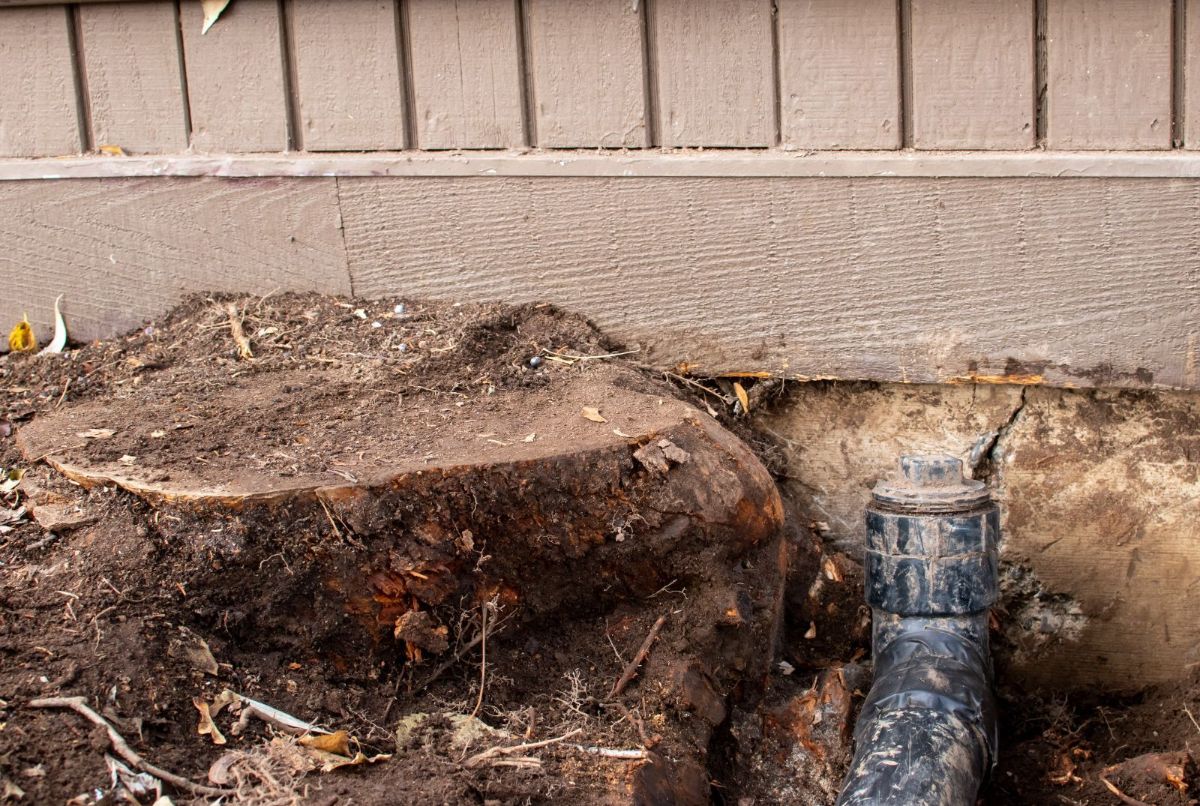The roots they form can sometimes cause a problem for homeowners. The damage could be severe if the roots break through a basement wall or dig deep enough to create soil. These issues can be easily fixed by adding tree root barriers to your home's foundation to keep the structure well-protected from harm. Maybe you're considering uprooting a particular tree for this purpose or want alternatives for protecting against future damage due to roots.
What are tree root barriers? Tree root barriers are a series of hooks, wires, or rings that you place around the exterior of your home's foundation. They're designed to keep tree roots from growing too close to your structure, which could cause damage if no barrier exists. These products are installed each year as a preventive measure and aren't permanent fixes for any damage that's been done. Remember that some tree root barriers have limited effectiveness so you may need more than one for maximum coverage around your home's foundation. You can find these products in almost any hardware store and install them yourself with a hammer and nails if you're comfortable doing so.
Aren't tree root barriers expensive? In many cases, tree root barriers are relatively inexpensive. One rarely is more than $30 or so for the type you buy at the store. Additionally, some companies offer warranty protection for up to five years. However, some of these firms may also pay extra fees for installing them on larger structures – which may not be necessary because most retailers will gladly deliver and install the products on your property free of charge.
Tree root barriers and your home's foundation
Before purchasing tree root barriers, it would be wise to determine whether they're necessary. If you're planning to plant new trees or shrubs in the future, look into the possibility that your existing roots could be enough to keep your home safe from harm. Also, consider the tree or tree root barrier width required for your specific foundation and the kinds of roots that could grow on your property. Use this information as a guideline for processes and prices, then purchase one or more products based on the total cost.
If you live in a run-down area with old trees, repair crews may have trouble installing bulky roots distorting the foundation of nearby homes. It is the case in many cities and towns across the country, so it's best to ask about any discounts or reductions for older homes or for cities that may be willing to install tree root barriers on the side of structures to protect them from damage (they are costly and difficult to install, after all).
If you live in a region with a history of tree root damage and have older trees on your property, flagging roots will probably be necessary. Tree root barriers will likely cost more than other options because they're much harder to install.
If you own a newer home with an intact foundation, it may not be necessary to install tree root barriers on the exterior of your house. A good contractor will create a barrier at ground level if your structure is built exceptionally well and if you ask for this service (most professional builders will have this done for free if it's requested). Other companies may charge for the installation, but there could be hefty discounts on the total cost based on the size of your home (they are expensive to make and install).
You can hire professionals to install these products. Even though they're more expensive than DIY methods, professionals can offer much more flexibility during installation. Some contractors and stores may be able to offer discounts on the total cost of tree root barriers, and you should remember that this installation process can be tedious.
Always use caution when working with tools, professional and amateur. Tree root barriers are not permanent but can offer substantial protection against tree roots and their potential damage. Suppose you're considering uprooting a particular tree for this purpose or want alternatives for protecting against future damage due to roots. In that case, a tree root barrier will likely fix the issue.
